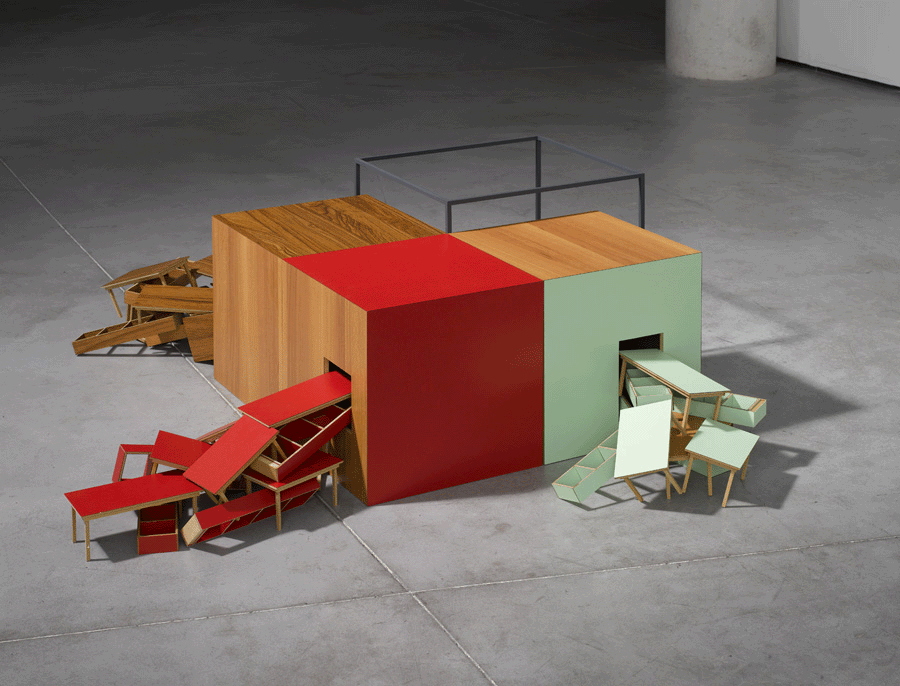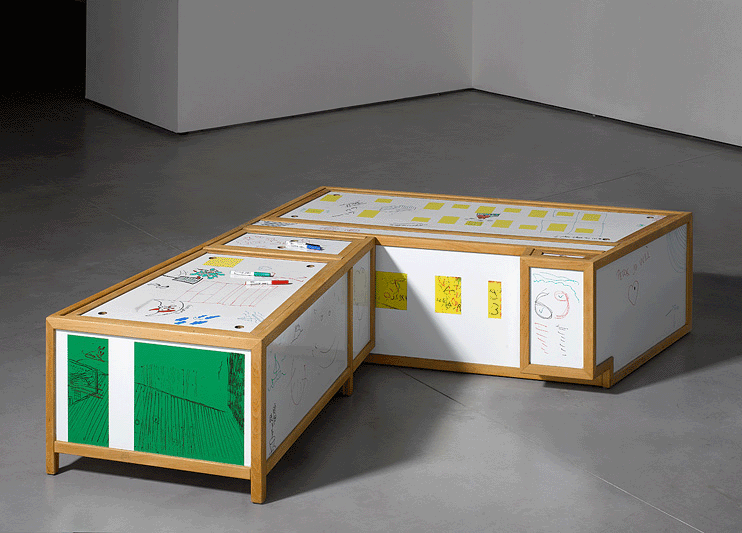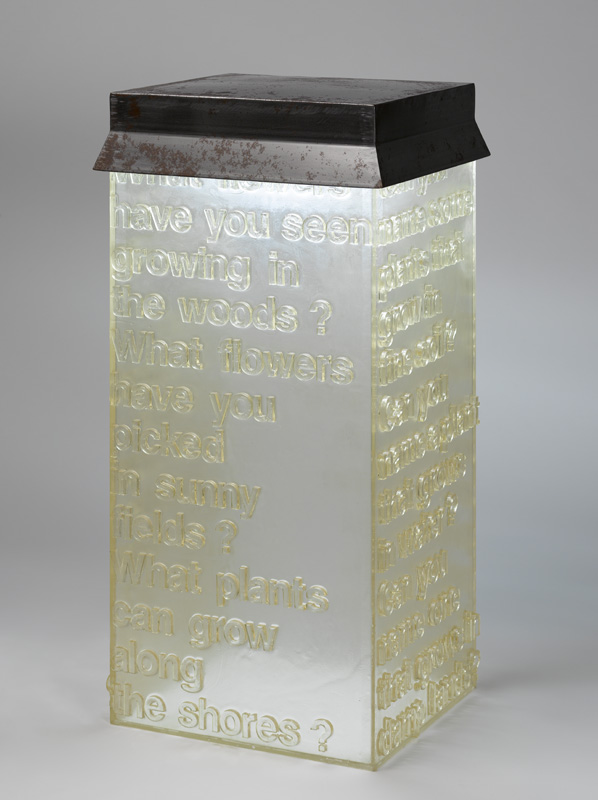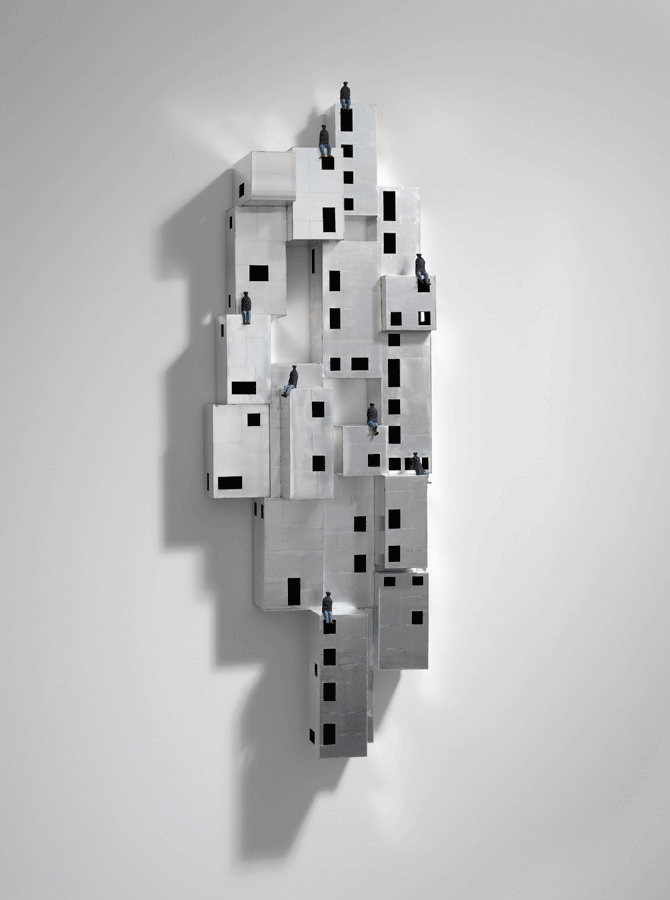 La percepció de l´espai
La percepció de l´espaiTHE PERCEPTION OF SPACE
“The perception of space” is the title of a new temporary exhibition dedicated to sculpture by Es Baluard museum as it presents, for the first time, a selection of works in this discipline from its permanent collection.
Until the beginning of the 20th century sculpture was relegated to a back seat in comparison to painting. The great sculptors of the late 19th and early 20th century were generally painters for whom sculpting was a complementary facet of the practice of painting. Although the vanguards of the beginning of the century did remain in the background due to the implicit technical difficulties such as the increase in price of materials, sculpture gradually evolved through the experiments of artists like Picasso, for example, (with assemblage), or Tatlin and constructivism (with his famous ‘counter-reliefs’), all of which subsequently influenced its development.
From the second half of the 20th century the discipline adopted a more prominent role with the new emerging currents: the formal facet of constructivism of N. Gabo and N. Pevsner, which would later have an influence on the birth of minimalism in the United Statesin the ‘sixties (the latter managed to bring important aspects surrounding sculpture to the fore, aspects which are still valid today – the relationship with the spectator, the links to architecture…). The dematerialization of art came with conceptual art, which gave rise to another aspect to be borne in mind – the meaning and functionality of sculpture subordinate to the location of the work instead of the form, a condition it shares with land art, which came into being in the 1970s and demands the use of natural materials, specifically from a chosen place, until taking on the ephemeral character of creations.
In the early ‘eighties, with the participation of the “wild youth” or new German expressionists and the Italian trans vanguard and their vindication of the recovery of painting, along with the development of installations, sculpture once again adopted a secondary role, although it was increasingly present through the individual contributions of prominent figures such as Jorge Oteizaand Eduardo Chillida, for example, in the case of Spain.
The exhibition, which focuses on the last quarter of the 20th century and the first decade of the 21st, illustrates the heterogeneity of the responses art has developed around sculpture, not only in Spain but also internationally. Reminiscences of minimalism, conceptual art, land art, present in the creations of Josep Maria Alcover, Andreu Alfaro, Pep Llambías, Glòria Mas, Fernando Megías, David Nash, Jürgen Partenheimer and Jaume Plensa, and the development of figuration with symbolic or narrative references, represented by José Bechara, Daniel Chust-Peters, Kcho, Bernardí Roig, Baltazar Torres and Joana Vasconcelos, are the two facets proposed in this selection of sculptures from the EsBaluard collection.























